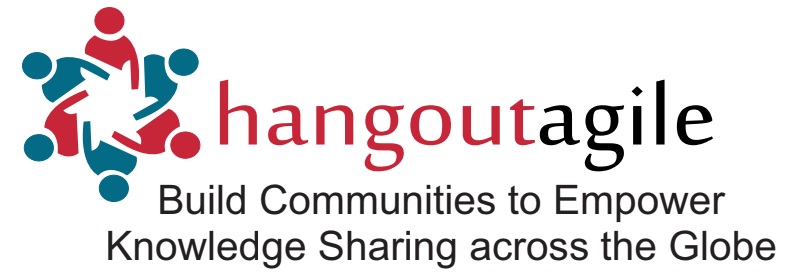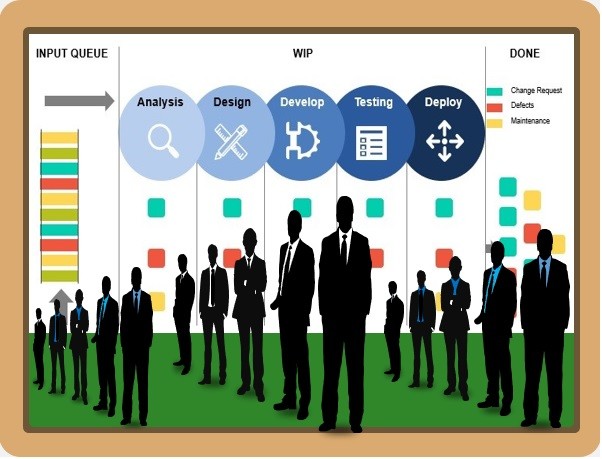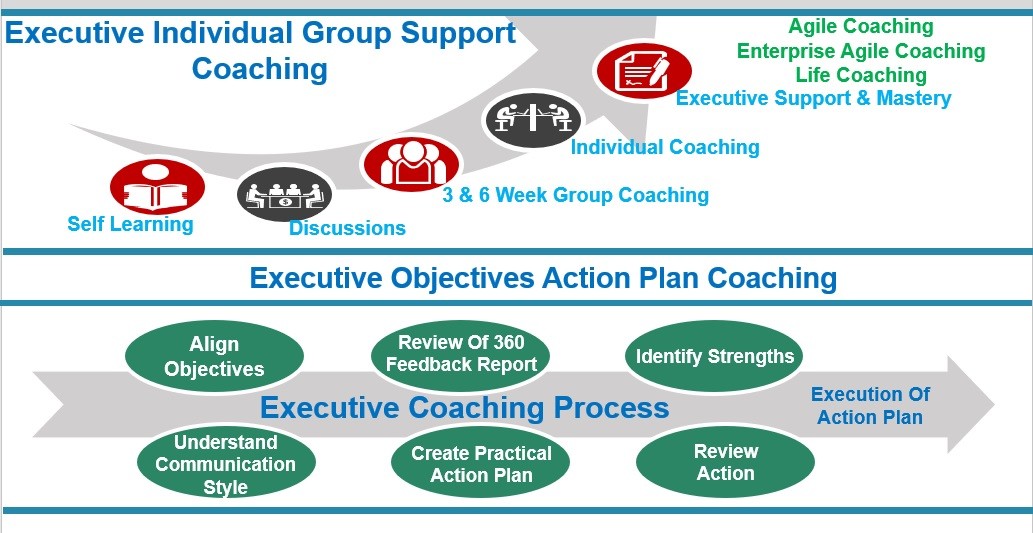Is Agile the same as Lean? When do people say “Agile” do they really mean Scrum? Or do people still use different types of Agile – and if so, why?
First, Let us record this in a table format How Agile Practices Match to Lean Principles and then discuss:

Lean
Lean comes from Lean Manufacturing and is a set of principles for achieving quality, speed & customer alignment (same as what we’re trying to do with agile development, right?).
Based on my past experience I strongly believe that these ideas actually provide the premises behind why agile works:
- Eliminate Waste
- Build Quality In
- Create Knowledge
- Defer Commitment
- Deliver Fast
- Respect People
- Optimize the Whole
Lean always says to relentlessly eliminate anything that isn’t adding value and only work on what we absolutely need to be doing at this moment in time. Eliminating waste means eliminating useless meetings, tasks, and documentation. It also means eliminating inefficient ways of working – like Multitasking – so we can deliver fast.
Lean also puts a very strong emphasis on what it calls “the system” – that is, the way that the team operates as a whole. We always need to be looking at our work from a top level to ensure we’re optimizing for the whole. For example, many managers want to “optimize” individual developers by ensuring they’re always at 100% – but most of the time, this is actually counter-productive. Let’s not have people coding something that isn’t needed (or fully defined yet) just for the sake of coding because that actually creates more work for us in the future.
Along those lines, Lean says to respect that the people doing the work are the ones that best know how to do it. Give them what they need to be effective and then trust them to do it. Software development is about learning, so structure the work to ensure we’re continuously learning. And because of that, defer decisions until the last responsible moment (because we’ll know more by then). Finally, develop in a way that builds quality into our product, because there’s no way to continuously deliver fast if we have to keep going back to clean up our messes.
Agile
Agile refers to a set of values and principles put forth in the Agile Manifesto. The Manifesto was a reaction against heavyweight methodologies that were popular, yet crippling software projects from actually doing what they needed to do – create software that helped the customer! I believe Agile’s values & principles work because of the science behind Lean and so you’ll see a lot of similar themes repeated in Agile.
The Agile Manifesto’s values are:
- Individuals and interactions over processes and tools
- Working software over comprehensive documentation
- Customer collaboration over contract negotiation
- Responding to change over following a plan
And it’s principles are:
- Our highest priority is to satisfy the customer through the early and continuous delivery of valuable software.
- Welcome changing requirements, even late in development. Agile processes harness change for the customer’s competitive advantage.
- Deliver working software frequently, from a couple of weeks to a couple of months, with a preference to the shorter timescale.
- Business people and developers must work together daily throughout the project.
- Build projects around motivated individuals. Give them the environment and support they need, and trust them to get the job done.
- The most efficient and effective method of conveying information to and within a development team is the face-to-face conversation.
- Working software is the primary measure of progress.
- Agile processes promote sustainable development. The sponsors, developers, and users should be able to maintain a constant pace indefinitely.
- Continuous attention to technical excellence and good design enhances agility.
- Simplicity–the art of maximizing the amount of work not done–is essential.
- The best architectures, requirements, and designs emerge from self-organizing teams.
- At regular intervals, the team reflects on how to become more effective, then tunes and adjusts its behavior accordingly.
Any project that follows these values and principles can rightly be considered to be Agile. That said, there are definitely preferred practices that are common for Agile teams to follow in order to achieve Agility. Most commonly:
- Scrum or Kanban (or a hybrid of the two) for “Management Practices”
- Extreme Programming (XP) for Technical Practices (with new practices becoming popular, largely from Lean Startup – such as Continuous Deployment and Testing in Production)
A good Agile Team picks and chooses the management & technical practices that best work for them. (a bad one just picks a couple of practices and falsely believes that somehow “makes them agile” )
If you’re new to Agile & Lean or Passionate to know much more info or Interested to learn about it, Please read my other listed articles in https://hangoutagile.com/blog/
If you look forward to up-skill & Certify yourself on Agile/Lean by learning through simulation & other tools/techniques, that too with the globally accepted Credentials/Badge, Please feel free to reach to nadia@diaame.com or dileepav@diaame.com
The beautiful thing about learning is nobody can take it away from you
HAPPY LEARNING !!! 🙂 !!!





